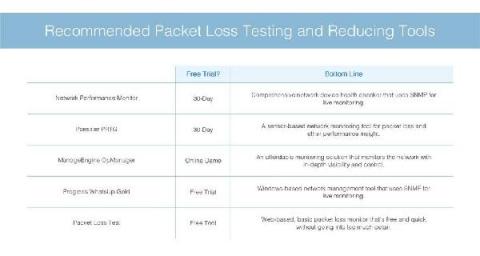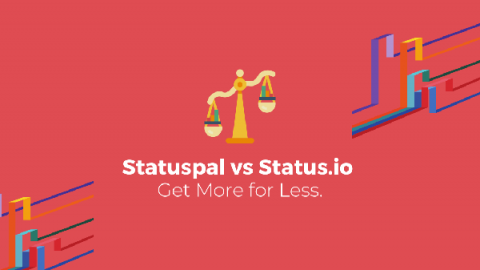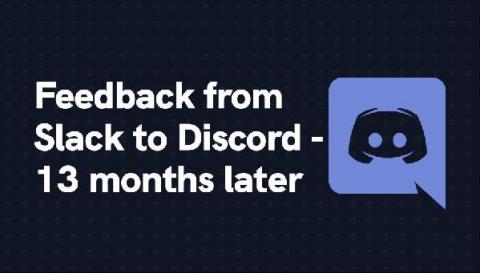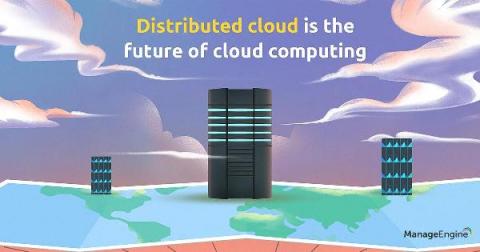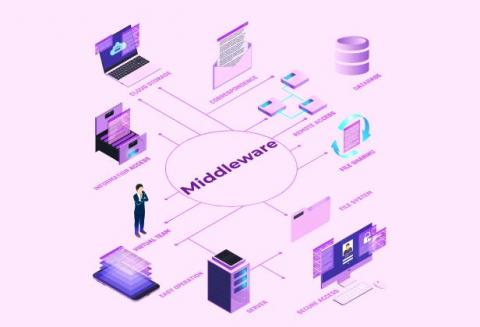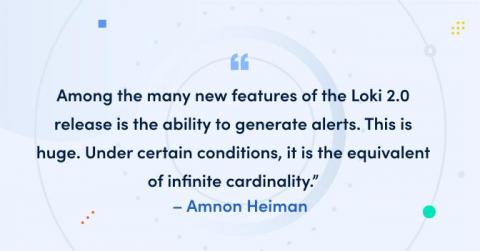Operations | Monitoring | ITSM | DevOps | Cloud
Latest Blogs
Statuspal vs Status.io
If you’re wasting precious time and resources responding to customer emails and phone calls whenever an incident arises - now sounds like a good time to set up your very own status page! A Statuspal status page is a professional and effective way to communicate incidents and maintenance updates internally for your team or publicly to your customers. You would be right in thinking that there are many options available and one of the largest operators in the market is Status.io.
Feedback - From Slack to Discord - 13 months later
This post is our third one sharing our real-world experience using Discord for more than one year. I think it is pretty interesting for any company interested to get the pros and cons of using Discord over Slack. At Qovery, we are a remote-first software company. When we decided to move out of Slack to Discord 13 months ago, we were only 3 developers on the team.
Incident response: how to keep tech problems from becoming people problems
Subscribe to Work Life Get stories about tech and teams in your inbox Subscribe When one of your IT services is on fire there’s no time to waste. Especially if that fire is blocking your users from getting stuff done. Rapid resolution tends to eclipse all else during an incident, often causing your team to ignore or forget pieces of the incident response process – like keeping people in the loop.
Five worthy reads: Distributed cloud is the future of cloud computing
Five worthy reads is a regular column on five noteworthy items we’ve discovered while researching trending and timeless topics. Distributed cloud allows organizations to bring cloud computing closer to their location. This week we look at why it’s the future of cloud computing.
How important is middleware monitoring for organizations?
As any organization grows and goes wider and bigger, their infrastructure and the IT landscape also expands. The “N” number of dependencies and running tasks at a moment needs careful monitoring. However, bigger the organization, the more complex and difficult it gets to monitor the transitions and communication. Without the smooth transactions and perfectly running operations team, day-to-day business would go through many hurdles.
Incident Management vs. Incident Response - What's the Difference?
What are the differences between incident management and incident response? The answer varies widely depending on whom you ask.
How to alert on high cardinality data with Grafana Loki
Amnon is a Software Engineer at ScyllaDB. Amnon has 15 years of experience in software development of large-scale systems. Previously he worked at Convergin, which was acquired by Oracle. Amnon holds a BA and MSc in Computer Science from the Technion-Machon Technologi Le' Israel and an MBA from Tel Aviv University. Many products that report internal metrics live in the gap between reporting too little and reporting too much.
What Happens When I Execute a Query?
Synthetic Monitoring of Amazon WorkSpaces
Amazon WorkSpaces enables you to provision virtual, cloud-based Microsoft Windows or Amazon Linux desktops for users. WorkSpaces eliminates the need to procure and deploy hardware or install complex software. You can quickly add or remove users as your needs change. Users can access their virtual desktops from multiple devices or web browsers.


